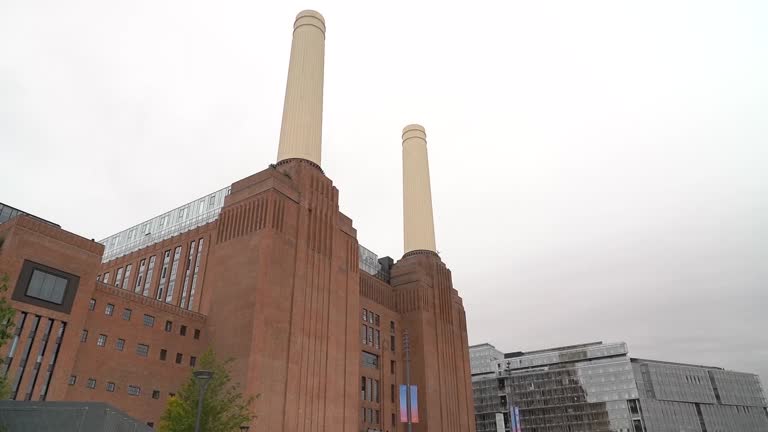London’s Battersea Power Station reopens on Friday (October 14) as a glitzy hub of offices, flats, restaurants and shops after decades of failed attempts to reinvigorate one of the capital’s most iconic buildings, often described as the “Everest of real estate”.
The 1930s power station once supplied a fifth of London’s electricity, including to Buckingham Palace and parliament, but is better known for featuring alongside a floating inflatable pig on the cover of Pink Floyd’s 1977 album “Animals”.
The colossal brick building earned its reputation as one of London real estate’s toughest challenges after a series of false starts, including an attempt to recreate it as a theme park.
Its 9-billion-pound ($10.2 billion) redevelopment, backed by a group of Malaysian investors, will see thousands of people living and working in and around the once-derelict station after its formal opening on Oct. 14.
Apple AAPL.O will become the largest office tenant, occupying six floors in the former central boiler house of the power station, known for its four white chimneys that dominate the skyline over the south bank of the River Thames.
Success
You are now signed up for our newsletter
Success
Check your email to complete sign up
The coal-fired power station was shut down completely in 1983.
Its redevelopment will see more than 250 apartments starting at 865,000 pounds apiece around the power station, in addition to commercial space that should bring in 100 million pounds of rent annually.
The project will also bring dozens of retailers including Zara, Hugo Boss and Ralph Lauren, besides restaurants including a 1950s-themed bar at the site of the station’s Control Room B, replete with now-defunct mechanical switches and dials.
”It incredibly exciting because it’s been a long journey,” said Duncan Wilson, the Chief Executive of Historic England.
“I think we thought in our heart of hearts we might have lost the building and then we got this scheme from the current developers who came along in the early part of this millennium and it’s taken ten years to realise but its a fantastic outcome,” said Wilson.
Indeed, much of the project has focused on retaining an industrial flavour, from its exposed brick walls and a large, rusty crane left hanging in the central hall, to escalators with transparent side panels displaying their inner machinery.
For views of London’s skyline, visitors will be able to take a lift 109 metres up to the top of one of the chimneys, rebuilt over three years with 25,000 wheelbarrows of hand-poured concrete to match original design specifications.
By Reuters. (Production: Will Russell)















